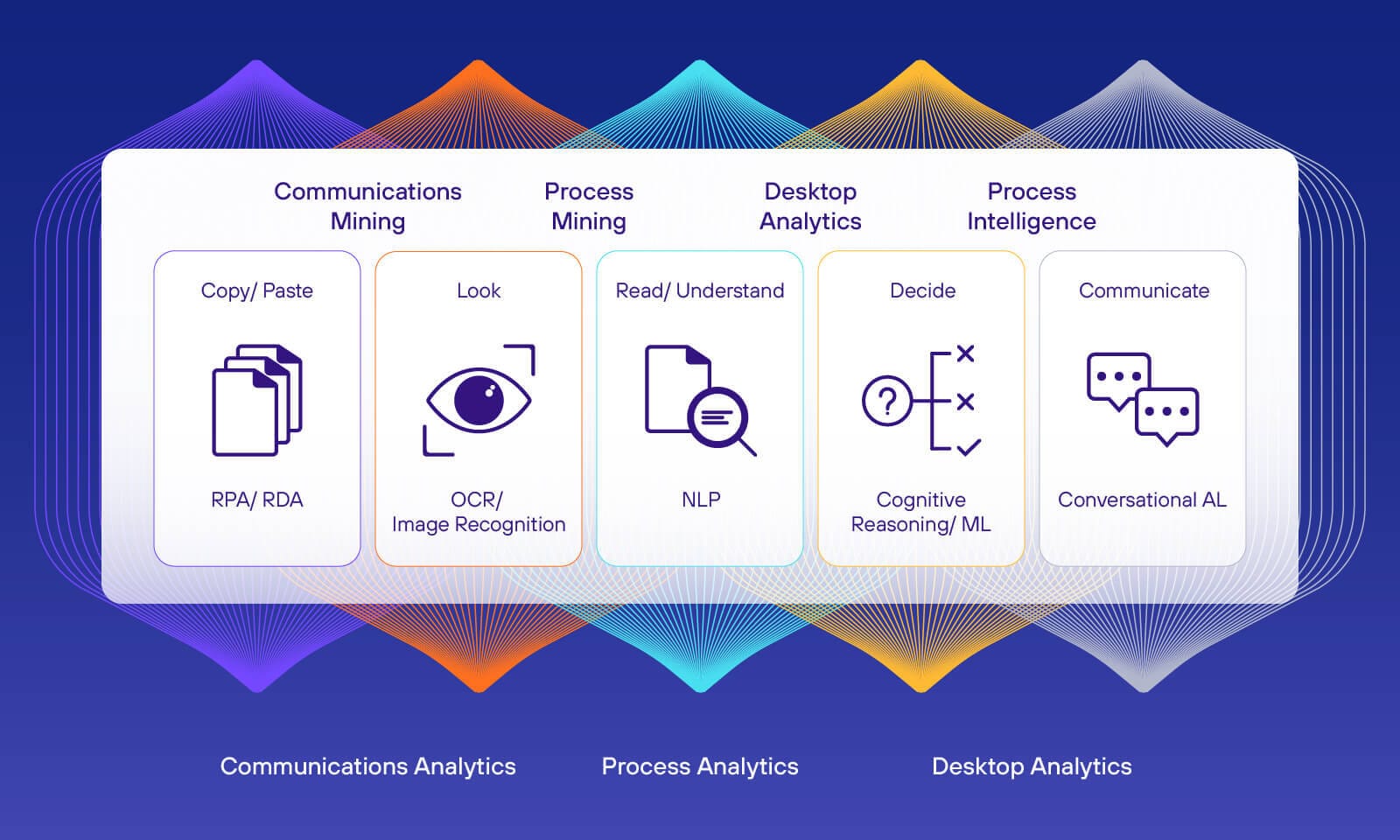Applying conversational intelligence to sales and service interactions can be a powerful force multiplier for revenue growth. The latest advances in machine learning and NLP are enabling revenue leaders, for the first time, to truly understand what closes deals and keeps customers loyal.
The top 5% of salespeople in your company are closing about 94% of all your business. They know exactly what questions to ask, what to say and focus on - and they do this reliably day in, day out. Besides the poor-performers, the remainder of your salesforce is doing its best. But the rank and file just can’t compete with your high-fliers.
But what if they could? Imagine if every sales rep was as profitable as the top 5%. What if they had all the insights and tricks needed to close that were previously only known to the best of the best? You could double your close and customer retention rates, supercharging sales and revenue growth. Yet it’s perfectly possible to achieve today using recent advances in AI and NLP.
Improving service grows revenue, it delights customers, increases retention and loyalty. When you have insight into the actions and agent behaviours that close deals and keep customers loyal, this can be game-changing. Providing the best service is no longer guesswork with AI, it’s within your power. But many businesses haven’t realised this yet.
Enterprises leverage tools like chatbots to deflect demand, and use sentiment analysis to guide product and process improvements. But such tools don’t get to the heart of the issue. For all the money they spend on sales analysis and revenue optimisation, most businesses aren’t any wiser about what their customers really want or what kind of service they should provide.
Service is conversation
You wouldn’t launch a new website for your company without using web analytics to optimise every page and analyse every inch of the user experience. So why do enterprises tolerate this lack of visibility over their sales journeys?
Nearly 70% of global GDP comes from service alone. It’s where the world’s leading companies are focusing their investment and attention. Every business has an imperative to understand how its people interact with customers, what they could do better to create value and increase profits.
The first step is to recognise that service is based in conversation. In fact, 92% of all customer interactions take place over the phone, between two people simply talking. It’s estimated that only 2.5% of global GDP can be attributed to e-commerce, meaning the vast majority of what is sold today is done via a sequence of conversations.
However, these conversations have always been difficult to capture. Businesses and customers talk constantly - through agents and salespeople across a myriad of different channels. There’s a continuous feedback loop, with customers telling businesses what they want and how they could be better every minute of every day. The signal is there, but the enterprise isn’t listening. Business doesn’t actually know what it knows.
The problem is that all this information is unstructured. Sales conversations are based on opinion, not fact. An email exchange or phone call isn’t machine-readable, and traditional analysis and automation tools can’t work with unstructured data. Machines struggle to understand the complex, natural language used by humans.
That’s why we’ve relied on agents for so long, to manually and painstakingly extract the most important insights from customer conversations and log these in CRMs. But it doesn’t need to be so hard.
Structured data is valuable data
Manual methods of conversational data extraction aren’t fit for purpose. They waste time, cost money and put employees under pressure - for sales insight and management intelligence that can’t be trusted. Organisations need a better way to extract actionable, valuable information from their sales conversations - at speed and on a huge scale.
This is why leading enterprises are pioneering a new approach - transforming all their unstructured conversational data into clean, structured data for easy and rapid analysis. Companies as diverse as Deutsche Bank, FarFetch carwow and Hiscox are gaining unprecedented visibility into their service channels. It’s enabling them to drive game-changing improvements and discover invaluable revenue opportunities.
The process is driven by the latest advances in machine learning and natural language processing (NLP) technology. New language models routinely outperform humans in tasks of language understanding and reading comprehension. And they can process this information at a speed no human can match. With a centralised NLP platform and low-code tools, an enterprise can now transform its entire conversational data estate into structured and actionable intelligence. It can gain complete, real-time visibility into all of its sales and communications channels.
When data is structured it becomes valuable. You can mine it for customer and business insights, monitor it to drive continuous improvement, and even send it downstream for more process automation. With this insight, you can make better, data-driven decisions with confidence that will enhance scalability, efficiency and service. The best thing is that this power is open to everyone - from the C-suite executive to the individual sales rep.
Making service better and more profitable
When you use AI and NLP to understand and extract information from your comms and service channels, this is called Communications Mining. This methodology gives business the ability to extract the most valuable insight from every service interaction. All customer conversations - whether they take place in email, on the phone or in chat - are open for in-depth, detailed analysis.
Beyond an initial rapid training period, no manual effort is required to extract this information. No more sentiment analysis tools, surveys or interviews. The enterprise has complete visibility into all service conversations, in real time and at scale.
Imagine if we applied conversational intelligence to every sales conversation taking place between agents and customers. What closes a sale is no longer a secret shrouded in anecdotes. Success in sales can be quantified with data, and the exact words agents say can be linked to the best sales outcomes. All at once you can see what actions and behaviours generate profits and keep customers coming back. You know what the most common customer queries are and what requests create the most work and delays in the sales process.
In mere days, you discover things about customers and the sales process that would have taken years of analysis and experience.
carwow, a major third-party online seller of old and new cars, did just that. Using Communications Mining to analyse its customer conversations, carwow identified key intents and extracted valuable insights about what makes an effective and successful sales conversation - backed by hard data rather than opinion. This included findings such as:
- Managing customer expectations increases the chance of conversion by 40%
- Establishing needs and understanding customer priorities increases the chance of a sale by 20%
- Guiding the buyer increases the chance of conversion by 20%
- Pushing promotions too early negatively impacts sales performance
When you leverage Conversational Data Intelligence, you equip your people with the tools they need to succeed. You give agents the right words to say, and at the right time, to drive real revenue growth. You give every agent the blueprint they need to be your best agent, and every customer the guarantee of a quality service experience.
AI-enabled intelligent conversation
AI is changing the face of sales and service. Before the close of the decade, every enterprise will use AI-driven conversation intelligence to constantly analyse and optimise its service - enhancing revenue, the customer experience and efficiency. Those who can get there first will have a major advantage over the competition.





